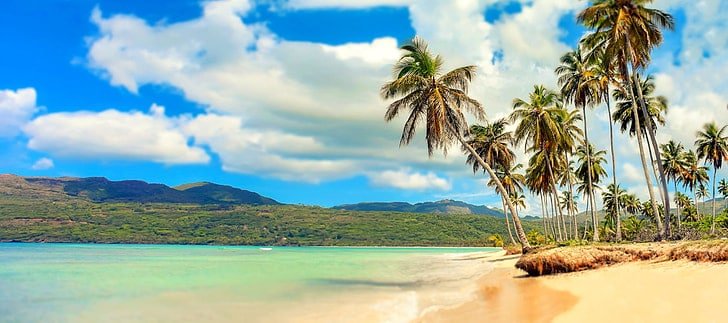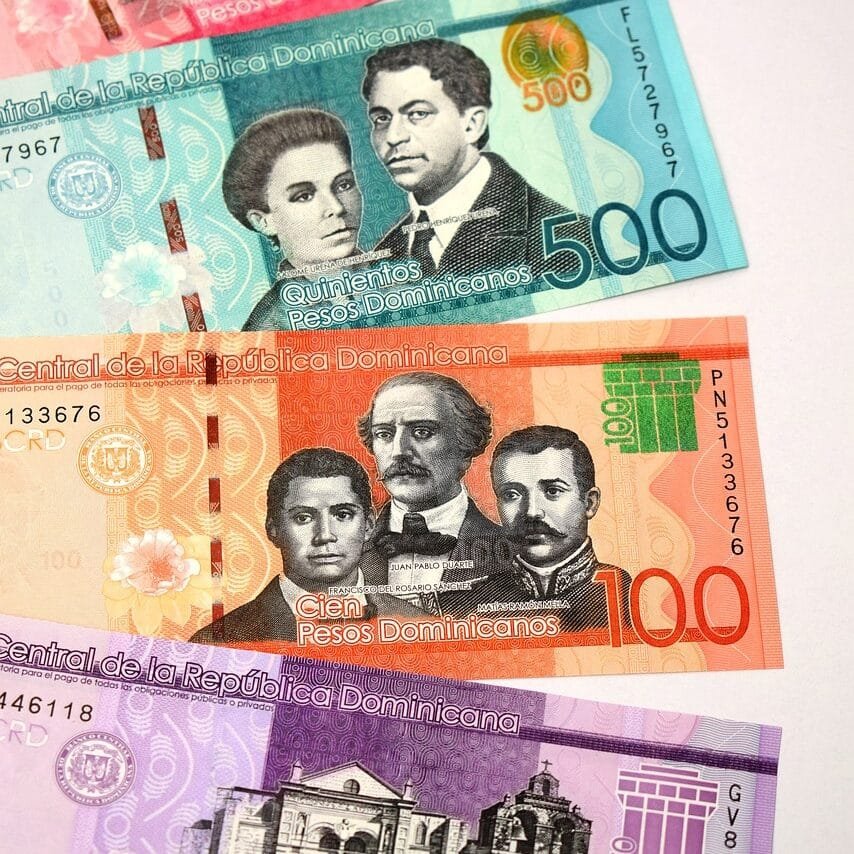Blog: Travel Tips & Guides
Tip #1: Know the climate in Punta Cana

Punta Cana, located in the Dominican Republic, is a true tropical paradise known for its stunning Caribbean beaches and vibrant Caribbean culture. The weather in Punta Cana is a major draw, offering sunshine nearly all year round. Whether you’re exploring the scenic mountains or relaxing in the cities, blue skies are a common sight. The best time to visit Punta Cana is from December to early March, coinciding with the winter months in North America and Europe. During this period, the temperature in Punta Cana is particularly pleasant, with cool morning and evening breezes, often dipping to around 18°C (65°F). Daytime temperatures typically range between a comfortable 25°C (77°F) and 27°C (80°F). In the cooler, mountainous regions like Jarabacoa and Constanza, temperatures can drop even further, with mornings starting at 10°C (50°F) and some nights falling below freezing.
Summertime in Punta Cana brings the warmest and rainiest season, with humidity at its peak from April to October. Temperatures can soar to 32°C (90°F) during the hottest part of the day, accompanied by short, frequent rain showers.
Tip #2: Know the language

The official language of the Dominican Republic is Spanish, and like many of its Latin American counterparts, the locals have a distinct accent filled with unique idioms and expressions. Dominicans are known for speaking quickly, often abbreviating words and dropping syllables, such as saying “La Terrena” instead of “Las Terrenas.” However, language barriers are rarely an issue for tourists. In popular areas like Punta Cana, English is widely spoken, and many tour guides and hotel staff are fluent in multiple languages, including French, Italian, German, and Russian. This makes it easy to enjoy activities like Punta Cana cultural tours, golf courses Punta Cana, and Punta Cana eco tours and excursions.
Tip #3: Know the local currency in Punta Cana

The Dominican peso (RD$) is the local currency. you can calculate the currency here:
https://www.xe.com/currencyconverter/convert/?Amount=1&From=USD&To=DOP
US dollars and Euros are easily exchanged at banks or authorized exchange offices throughout the country. Some places may also accept other currencies like the Canadian dollar, British pound, and Japanese yen. ATMs are widely available, including in Punta Cana, from banks like Scotiabank and Banco Popular. These ATMs are safe to use for withdrawing local currency and often provide the best exchange rates. Remember to choose indoor ATMs and use them during daylight hours.
Tip #4: Recommended packing

When packing for your Dominican Republic travel, especially if you’re heading to Punta Cana, it’s important to bring a variety of clothing suited to your activities. For those planning to enjoy the Punta Cana beach, pack swimwear, cotton long sleeves for sun protection, and casual daytime attire for city visits—avoid shorts if you plan to explore Santo Domingo or visit significant landmarks. Remember, it’s acceptable to wear your bathing suit on the beach, by the pool, or in resort areas, but not in public spaces like streets, supermarkets, or restaurants.
Dominicans take pride in their appearance, especially when going out in the evenings. Bring a couple of nice outfits for dining out and nightlife. If you’re venturing into the mountainous areas, or even the hills of Puerto Plata, pack long sleeves, a cardigan, and pants to stay warm during cooler evenings and early mornings.
In addition to clothing, don’t forget essentials like prescription medications, your preferred sunscreen (as local options may be limited), a hat, sunglasses, and mosquito repellent. For those spending time in the countryside or planning Punta Cana local market tours, consider bringing a book, headphones, and other personal items to make your trip more enjoyable. While Punta Cana is a modern destination with ample shopping options, imported items may be more expensive than in your home country.

Really good post!